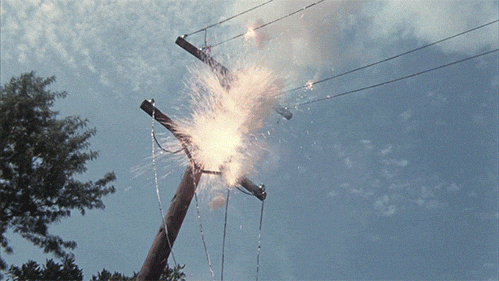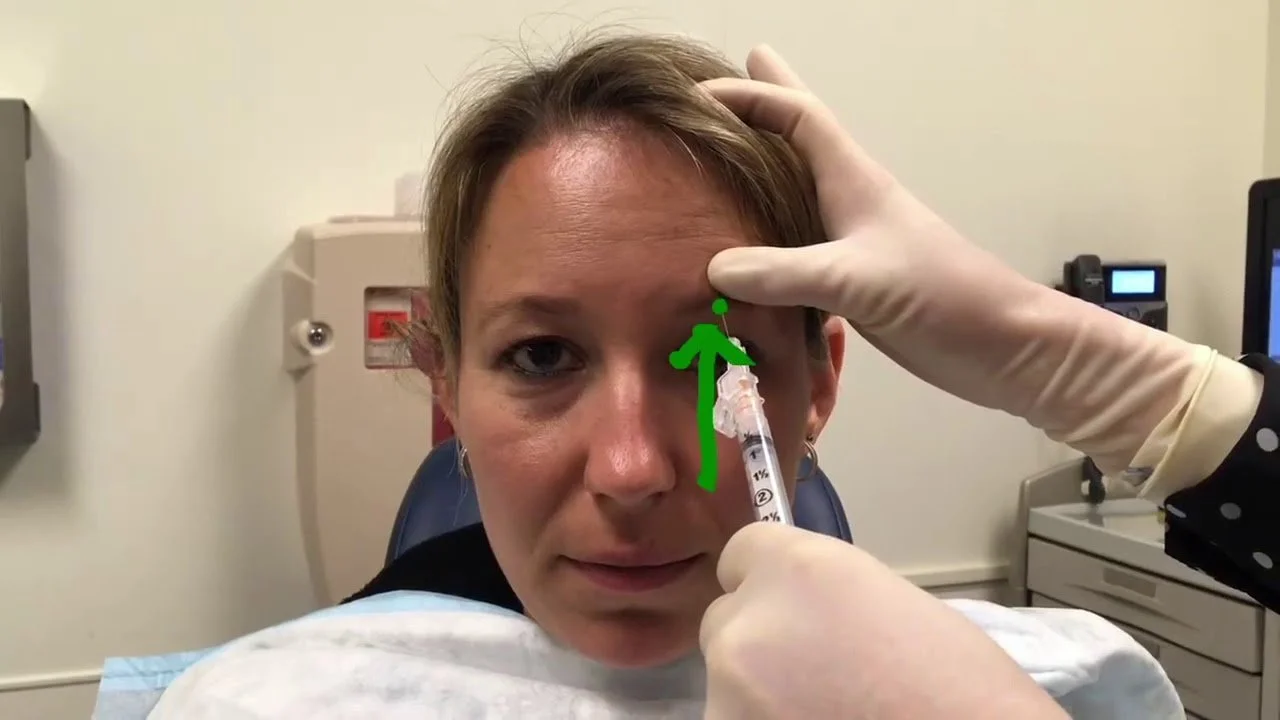My Personal Journey with Neuralgia Pain
Even if you’ve heard about Trigeminal Neuralgia, you may not know that because of the pain it causes, over a third of patients who have it admit to having suicidal thoughts, and at least 50% of them develop clinical depression.
I developed trigeminal neuralgia in my right supraorbital and supratrochlear nerves in 2020, without any known precipitating event.
One day, while I was working in my practice, I suddenly felt the sensation of a live power line contacting my face from my right eye up to the top of my scalp. I felt like my face was being electrocuted. The pain was so excruciating that it made me freeze, and I was afraid to move, talk, or open my eyes for the two long minutes it lasted. Thankfully, I wasn’t with a patient, but it scared my medical assistant so much she considered calling 911 when she saw I couldn’t open my eyes or answer her.
Over the following month, I had multiple episodes a day lasting from less than a second to up to two minutes at a time. The pains were usually spontaneous but would predictably occur if I touched the skin on the right side of my upper nose, my upper eyelid, forehead, or the right side of my scalp. Washing my hair or face on the right side, or trying to even gently comb my hair, caused terrible shocking pains. A strong breeze blowing on my face guaranteed the longest, most severe episodes, and I had to miss my step-son’s wedding because it was outside on a windy day. If you have trigeminal neuralgia, you know the feeling when you try to describe it to others, and you can tell that some of them think you must be exaggerating.
I learned to start counting the seconds when the pain hit because I knew that by the end of the second minute, the nerve would wear out, although I’d still be afraid to open my eyes or move.
Because I’m an emergency physician, I was trained to do nerve blocks, which I’d used on patients with facial trauma. Now that I do so many injectable aesthetic treatments, I have all the supplies I need to do the blocks, so I started blocking my right supraorbital and supratrochlear nerves. I don’t know how I would have survived if I couldn’t do my own nerve blocks, because in the days that I’d be hit with multiple two-minute episodes where I felt like my head was being electrocuted, I could see why some people would rather die. Each time I injected the nerves, the pains would stop for about two or three hours, and when they returned, I’d have to repeat the injections. Patients would ask why my eyebrow was bleeding or my eye was almost swollen shut, and I had to stop doing television and other video interviews. I hate to think about how many patients I scared away who probably thought I’d had a stroke.
I tried the usual medications prescribed for trigeminal neuralgia, like carbamazepine and gabapentin, but they did nothing but make me dizzy and groggy, so I stopped taking them. I consulted with a pain management doctor who laughed when I told him I was doing nerve blocks on myself and said, “You must be an ER doc.” He told me he recommended I continue doing the blocks rather than have nerve ablation or microvascular decompression (MVD) because of their associated risks. Botox helped relax the muscles of my forehead so that I had fewer pains caused by my brows lifting.
After about four weeks, the pains suddenly stopped, and I could wash my hair and be in the wind without any pain, but as most people with trigeminal neuralgia would expect, they returned. For the next four years, I had cycles of between four to eight weeks with pain episodes daily, controlled with nerve blocks, followed by one to six months of complete remission.
Finding a treatment that stopped the pains
When the pains started recurring in 2024, starting with momentary shock sensations when I touched the front of the right side of my scalp, I tried a new injection mixture. I’d read case studies where prolotherapy (using a 5% dextrose solution) provided significant and often lasting improvement in people with different types of neuralgia. I injected just 1 cc of the dextrose solution under my right brow and the shock sensations stopped. It was hard to believe, but for the following 48 hours, I only had a couple of bearable “zings” even when I washed my hair.
I did a second injection three days later and had no pains for a week. When I started getting twinges of pain again, I’d repeat the injection and they’d stop again. About eight weeks after the pains started, they stopped completely again for a few months, without ever having the pain last more than a few seconds.
Since my last period of demonic nerve possession, case studies have been published showing that when Botox was injected in the site where the nerve emerges from the bone in Trigeminal Neuralgia patients, it resulted in periods of up to months without pain. My last Trigeminal Neuralgia patient had pain in her mandibular branch and I injected a large, concentrated dose of Botox and 5% dextrose where her mental nerve exited her mandible on the affected side. Five days later, her constant pain stopped for the first time in almost a year. As of today, it’s only been two weeks since it stopped, so I’ll keep you updated here on her progress.
Keep in mind, if you’re considering using Botox for Trigeminal Neuralgia, that because it will also relax muscles overlying the nerves, you may have some asymmetric facial movements, but they will be less obvious if Botox is also used on the same muscle/s on the other side.
I’ve had good results with treating post-herpetic neuralgia patients with the prolotherapy and usually only two or three treatments produce lasting results.
Only someone who has had neuralgia pain can truly appreciate how grateful and excited I am to have found treatments that control my pain, and I smile like a maniac every time I wash my hair or walk in the wind. I can’t imagine anything more gratifying than helping others find at least a partial solution to their neuralgia pain. Although I can’t guarantee improvement, I’m willing to provide these treatments to anyone who has neuralgia and wants to give it a try.
If you’re interested in exploring this treatment option for your neuralgia pain, request an appointment for a consultation today.
– Cynthia Elliott, MD, Skinspirations
Dr. Cindy Elliott is the owner of Skinspirations as well as the clinician training facility, ExpertEsthetics. She’s personally performed over 30,000 esthetic treatments and taught her advanced esthetic injectable and laser techniques to over 275 clinicians. That means it’s likely that if you’ve had a treatment in Tampa Bay, the provider who did it was trained by Dr. Elliott.



